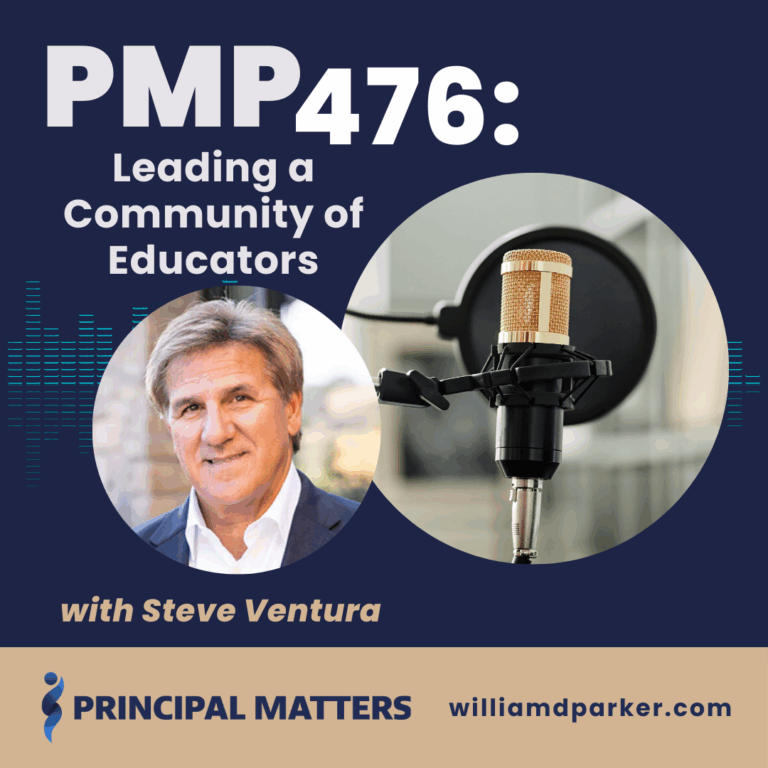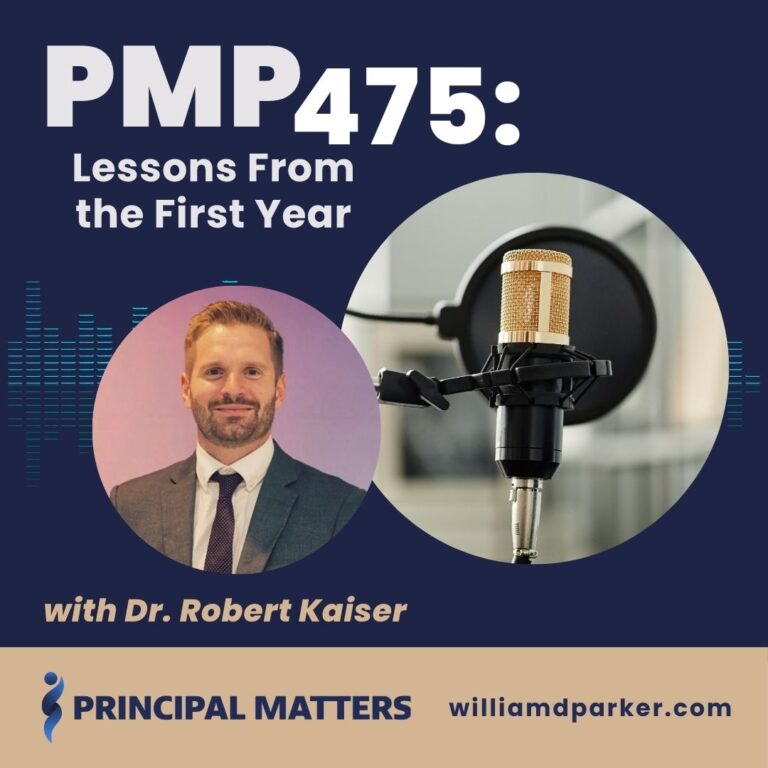Podcast: Play in new window | Download
This week I’m sharing another episode from the road as I have been traveling across my state, Oklahoma, visiting principals at schools or in regional meetings.

Recently, I visited Texhoma, Oklahoma, with High School Principal Connie Miller. After touring her school that serves students grades 5-12, she drove me one mile across the community to see the elementary school, which sits on the Texas side of town.
Although both school buildings serve the same community of students, the funding these schools receive is based on the allocations provided by their respective states. In fact, in Oklahoma’s Panhandle schools, competition for high quality teachers is intense. From Guymon, Oklahoma, for instance, you can drive thirty minutes in any direction and find yourself in Kansas, New Mexico, Colorado, or Texas.
As I’ve spent time with rural principals, in particular, I’ve been reflecting on some of their unique challenges:
Challenges Rural Principals Face:
- Many rural schools still face teacher shortages in specialized classes or advanced coursework. Across the nation, and especially in rural areas, principals are finding it difficult to fill specialized positions like art, music, foreign language, and advanced mathematics or sciences. Teachers with these specialized areas are heavily recruited into other career options.
- Many rural schools often have limited resources for students seeking career technology, concurrent or Advanced Placement coursework. Although Oklahoma has more opportunies than many other states for career technology courses, some rural schools in western Oklahoma, for instance, have no technology center classes. Offering Advanced Placement courses also requires teachers who have been trained in AP coursework, and these classes tend to be offered less often in rural settings.
- Some rural principals have increased student populations of second language speakers. Agriculture and oil and gas industries tend to attract immigrant families for work, and their children need additional supports as English language learners. For instance, Guymon High School, a school with 800 students in the western Panhandle of Oklahoma, currently has more than 30 languages spoken by English language learners at the school.
Advantages for some Rural Schools:
At the same time, many of these rural schools have strengths that give them advantages in serving students:
- Strong culture and shared values. Connie Miller, Principal of Texhoma High School, shared with me how her teachers and staff focus on shared values that they teach throughout the school year so they are focusing on academic and character growth with students. These shared values build a positive environment for learning.
- Positive student behavior and safe learning environments. One of the advantages of a smaller school is the ability to manage student behavior with high expectations on safety and participation. Principal Miller, for instance, shared that she remembers only one long term suspension situation in her school in the past four years.
- Innovation and blended learning opportunities. Technology does provide opportunities to connect with resources and information. And many school are introducing Chromebooks or other devices that provide students access to online options, including blended learning options.
- Teachers and staff committed to a family atmosphere. Finally, the most important element is the committment of teachers and staff to giving students an atmosphere where they feel supported and loved while learning. Rural schools have a unique advantage of being able to keep close tabs on their students which often leads to higher accountability and involvement.
Oklahoma has had a unique story as the past two years have seen signficant increases to state funding for schools. But these increases come after a decade of cuts and declines. Our state is not alone in this challenge, and rural schools have especially felt the consequences of long term cuts. Although the recent changes have been positive in providing more support for schools, it sometimes takes longer for rural schools to see the benefits of stronger recruitment and retention of high quality teachers.
How does your story influence the support your school receives?
Every school has a unique story, and like it or not, how you tell that story often results in the kind of support (or lack of support) your school receives. How can you help build awareness for the importance of your own school? October is National Principals Month, and this is a good time to bring elected officials to your school.
- Be a member of your state association. Whether you serve at the elementary or secondary level, your state associations provide opportunities to network with other principals so that your collective voices add weight to your calls for support for your schools.
- Be involved in knowing and communicating with your state and federal represenatives. Principals do not have the luxury of letting others advocate for your school. Reach out to your elected officials so that they are aware of the unique needs and challenges in your school. You often have a much deeper knowledge of the implications of any education bills being considered.
- Tell your story. You rally support from your students, teachers, and community members when they are consistently aware of the positive outcomes happening in your school.
- Understand the legislative cycle. In most states there is a predictable cycle that happens each year. These includes times for interim studies, proposed bills, committee hearings, and bills that make it the floor for debate and votes. Being aware of the cycle helps you undertand when to lend your voice to an issue – whether it is one just being discussed in a study or one that may become debated a proposed bill.
Let’s Wrap This Up
Whether you serve in an urban, suburban or rural setting, all principals share similar struggles. Your students need high quality teachers. Students need safe learning environments. Students need opportunities and resources for learning. And they need principals who are advocating for them at every level. As you reflect on the stories of your own school, how can you consistently share that story with others to increase and rally support for your school community?
Now It’s Your Turn
What is one way you can spread the good news of what’s happening in your school while also highlighting areas where you may need more support? Think of how you can increase communication about your school during October Principal Month. Check out the this website for helpful resources. Reach out to an elected official and invite him or her to visit your school. Highlight and showcase the positive opportunities your school provides, and point out the areas where you want to grow.
Sign-Up For Free Updates and Ebook
You can automatically receive new posts and a free Ebook, 8 Hats: Essential Roles for School Leaders. Let’s keep learning together!




